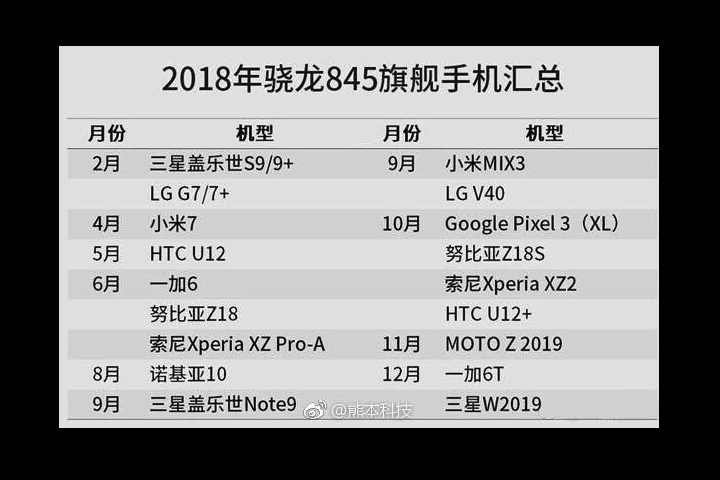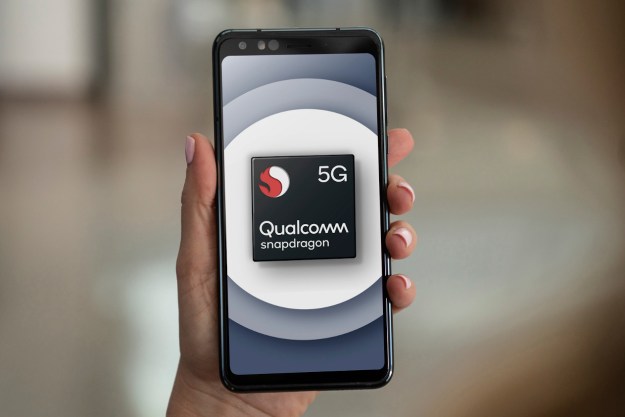

The list not only contains the name of the phones which will apparently use Qualcomm’s next top-of-the-range chip, but also the month in which they’re expected to debut. January is a damp squib, but February is going to be a monster, mainly due to Mobile World Congress taking place at the end of the month. Around that time, the Samsung Galaxy S9 and S9 Plus will arrive, along with the LG G7 and LG G7 Plus.
This is interesting. LG missed out on the Snapdragon 835 for the G6 in 2017 because Samsung took control of the stock for the Galaxy S8. It doesn’t appear, at least based on this leak, this will happen again in 2018. Zipping ahead to April, and the Xiaomi Mi7 is expected with the Snapdragon 845, followed by the HTC U12 the month after. June may bring the OnePlus 6 — at odds with a recent rumor the phone would come in March — and the ZTE Nubia Z18, about which we have heard nothing, and the Sony Xperia XZ Pro-A.
In August, it’s the Nokia 10 that’s lined up to get the Snapdragon 845. This is notable because even the Nokia 9 is still only a rumor. The leak then shows the Samsung Galaxy Note 9 is set for September, along with the Xiaomi Mi Mix 3, and the LG V40. The latter three phones are likely to arrive around the same time as the IFA technology show in Germany. October is also a busy month, with the Google Pixel 3 and Pixel 3 XL, another ZTE Nubia phone, the Sony Xperia XZ2, and the HTC U12 Plus. In November a new Moto Z may launch, with a OnePlus 6T in December. December also shows a Samsung phone referred to as the W2019, which is a model number usually associated with its high-end flip phones launched in China.
There are few surprises on the list aside from the Nokia 10, although the list does contain several other phones we’ve yet to start hearing much about — from the HTC U12 to the LG V40 — but it’s a relatively safe bet they will come at some point. Plus, the suggested release patterns could easily have been worked out from previous years. This isn’t to say the list is inaccurate, just that it could also be put together by someone with a good knowledge of the industry. We’ll find out over the next 12 months.
Editors' Recommendations
- Qualcomm is about to make cheap Android phones better than ever
- Qualcomm’s newest chip will bring AI to cheaper Android phones
- Qualcomm’s Snapdragon 4 Gen 2 brings faster 5G to budget phones
- Here are all the confirmed Snapdragon 8 Gen 1 phones, but where’s Samsung?
- The Qualcomm Snapdragon 780G brings a performance boost to midrange phones




